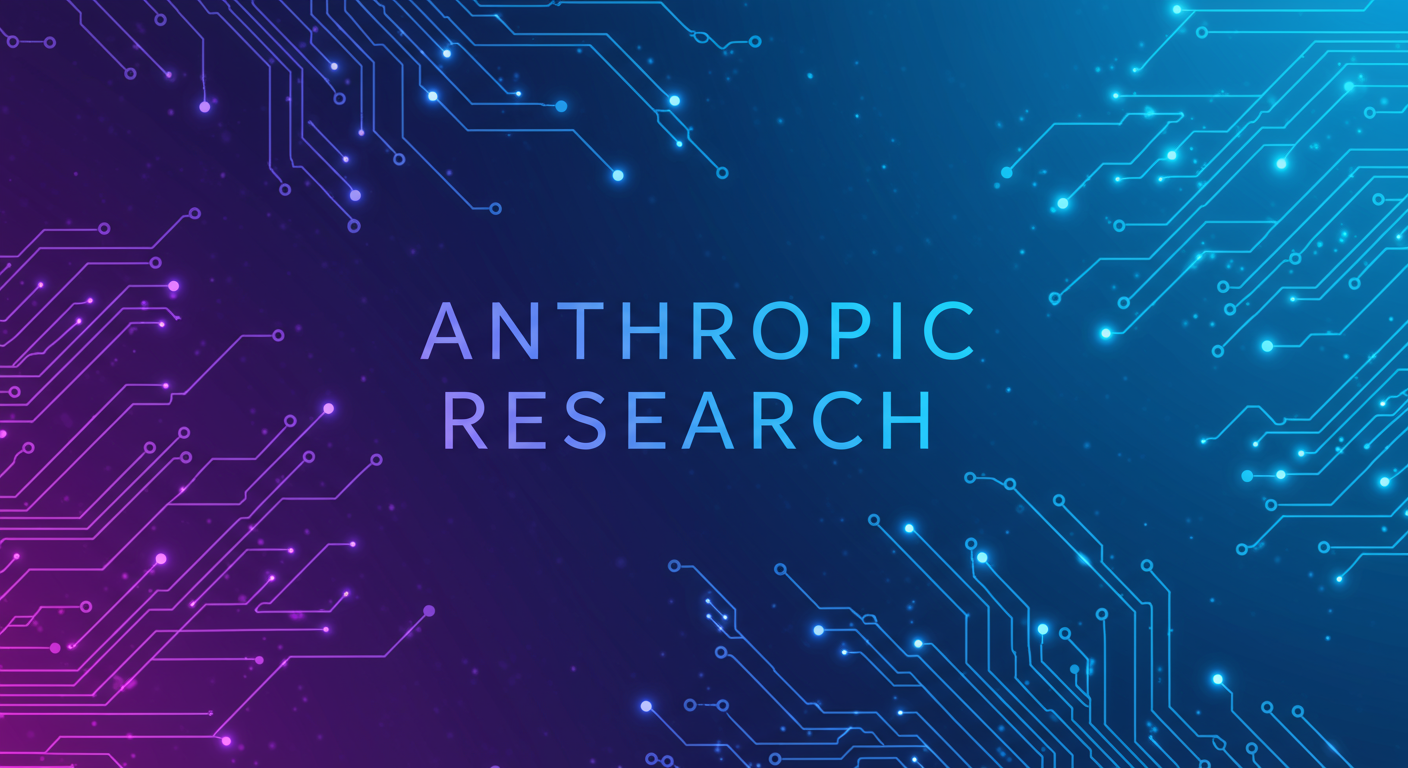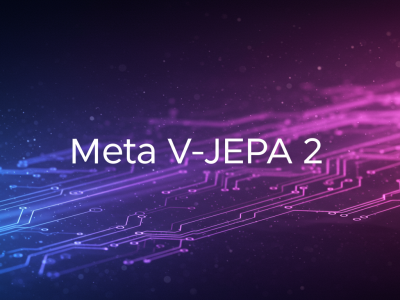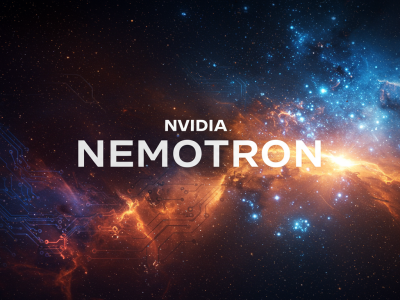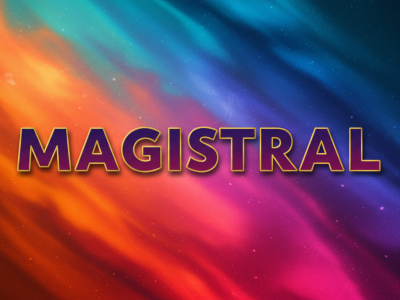Quick Take: Anthropic just open-sourced a game-changing toolkit letting researchers and devs literally map the “thoughts” of LLMs like Gemma and Llama. By generating “attribution graphs” from internal model workings (specifically, cross-layer MLP transcoders), these tools reveal the step-by-step computational pathways models take. It’s a massive boost for LLM interpretability, complete with an interactive frontend on Neuronpedia and a full Python library for deep dives and even model interventions.
🚀 The Developer Crunch: What You Need to Know & Do NOW
🎯 Why This Matters for Devs: Ever wondered *why* your LLM gave that bizarre answer? Anthropic’s new open-source circuit-tracer toolkit lets you pop the hood. Generate “attribution graphs” to see the internal steps models like Gemma & Llama take. This is huge for debugging, building trust, and advancing LLM interpretability. You can visualize these “thought processes” and even tweak model internals to see how behavior changes.
⚡ Developer Tip: If you’re battling opaque LLM behavior or aiming to build more trustworthy AI systems, these tools are a must-explore. Start with the Neuronpedia visualizer for an intuitive first look. Then, grab the Python library from GitHub to integrate tracing into your workflow and experiment with interventions to see how tweaking internal features directly impacts model behavior. This is next-level debugging and understanding!
Critical Caveats & Requirements
- Research-Grade Tooling: This is cutting-edge stuff. A solid understanding of Python and machine learning concepts is highly recommended for deep dives.
- Interventions via Library Only: Currently, you can only perform direct interventions on transcoder features when using the Python library in a script or notebook, not directly through the Neuronpedia frontend.
- Hardware Considerations: Gemma-2 (2B model) works on standard Colab GPUs (approx. 15GB RAM). However, more GPU RAM will always help with larger batch sizes and reduce the need for offloading data, speeding up your experiments.
- Supported Models: Initial examples focus on models like Gemma-2-2b and Llama-3.2-1b. Check the repo for updates on broader model compatibility.
✅ Availability: The interactive frontend is LIVE now on Neuronpedia. The Python library (circuit-tracer), demo notebook (ready for Colab!), and CLI instructions are all up on GitHub.
🔬 The Deeper Dive
Cracking the Black Box: Let’s face it, Large Language Models often feel like inscrutable magic. They produce incredible (and sometimes incredibly baffling) results, but understanding the why behind their outputs has been a monumental hurdle. Anthropic, in a significant collaboration with Decode Research, is taking a powerful swing at this “black box” problem by open-sourcing their circuit-tracer library and a suite of associated tools.
The central innovation here is the generation of attribution graphs. Think of these as detailed “mind maps” or “computational circuit diagrams” that trace the pathway a model activates internally to arrive at a specific output. Instead of just seeing the final answer, developers and researchers can now gain insights into the specific features and tokens that influenced the model’s decision-making process. This is a massive step forward for anyone striving to build safer, more reliable, or simply more transparent AI systems.
🔬 Under the Hood: How circuit-tracer Works Its Magic
- Circuit Computation: Given a model equipped with pre-trained transcoders (which learn to represent MLP (Multi-Layer Perceptron) activations in a more interpretable way), the library calculates the direct effect that each non-zero transcoder feature, transcoder error node, and input token has on other features and, ultimately, the output logits (the raw scores before they become probabilities).
- Interactive Visualization & Annotation: These intricate graphs aren’t just static outputs. They can be explored and annotated interactively through a user-friendly frontend hosted by Neuronpedia, allowing for intuitive exploration of these internal pathways.
- Powerful Interventions: Perhaps the most potent feature for experimentation is the ability to perform interventions. Using the Python library, you can directly set a model’s transcoder features to arbitrary values and observe how the model’s output changes in response. This allows for direct testing of hypotheses about how specific internal features contribute to behavior.
Anthropic has already put these tools to work, studying complex model behaviors such as multi-step reasoning and multilingual representations in models like Gemma-2-2b and Llama-3.2-1b. They’ve provided a comprehensive demo notebook as a launchpad for others. Encouragingly, working with a model like Gemma-2 (2B parameters) is feasible even with modest GPU resources, such as those available on Google Colab (around 15GB RAM), although more GPU memory generally allows for less data offloading and larger batch sizes, speeding up experiments.
💡 “At present, our understanding of the inner workings of AI lags far behind the progress we’re making in AI capabilities. By open-sourcing these tools, we’re hoping to make it easier for the broader community to study what’s going on inside language models.” – Anthropic, echoing sentiments often expressed by CEO Dario Amodei regarding the importance of AI safety and interpretability.
By open-sourcing the circuit-tracer toolkit, Anthropic isn’t just sharing a piece of software; they’re extending an invitation to the global AI community. It’s a call to roll up our collective sleeves, dive into the intricate machinery of these powerful models, and collaboratively advance the critical field of AI interpretability. This is how we move towards AI systems that are not only capable but also understandable and trustworthy.
🎯 TLDR: Anthropic’s new open-source “circuit-tracer” tools are like an MRI for LLMs. Generate “mind maps” (attribution graphs) to see how AI *really* thinks, visualize it on Neuronpedia, grab the code from GitHub, and even poke its brain (intervene on features) to see what happens. Time to decode those LLMs!




